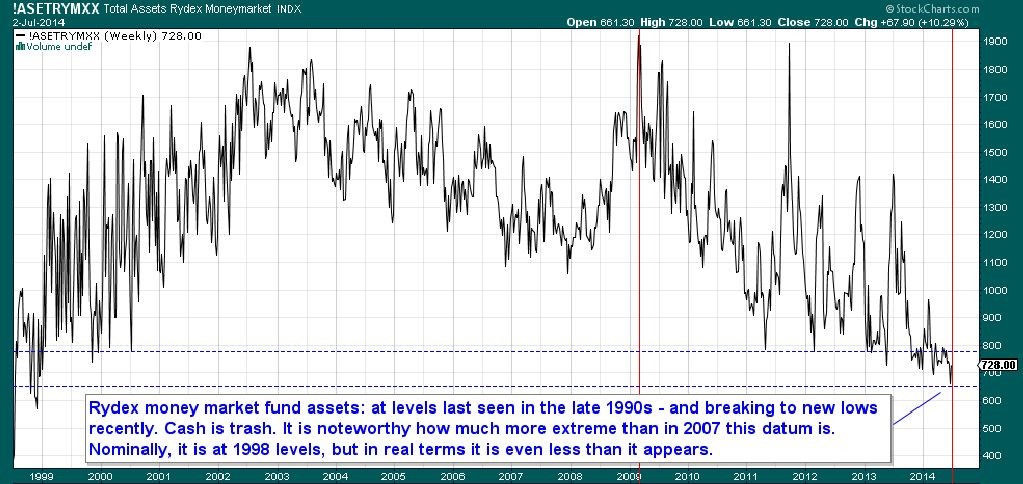Putcall ratio Arms Index volume hint at market s direction
Post on: 16 Март, 2015 No Comment

By Gregory M. Drahuschak
Sunday, March 18, 2007
Most of the stock market’s attention this week will be on the two-day meeting of the Federal Reserve’s interest rate policy committee, but some advice from market technician Joseph Granville could be worth heeding.
More than 30 years ago, Granville was a household name whose flamboyant personality garnered him plenty of attention. Eventually, the belief in his own infallibility was his comeuppance.
Nonetheless, Granville did provide some useful items for anyone trying to figure out the state of the market.
Granville noted that to be successful, an investor must understand the language of the market. This was sound advice. But Granville’s language of the market is often complex. Worse, there are times that the market speaks out of both sides of its mouth. Nonetheless, learning the language can be very helpful.
Typically, investors only consider price changes in assessing the market’s vitality. More often than not, however, there is information buried under the surface that is much more telling. Fortunately, much of that information is readily available. In periods of extreme volatility, this information can say a lot about whether or not a large price movement is significant.
One simple measure is the put-call ratio — or the number of put contracts bought vs. call contracts bought. Puts offer a buyer the chance to profit if the underlying stock or index drops. Call buyers benefit from rising prices.
The put-call ratio typically does not stray dramatically from a 1-1 ratio. It is useful, however, to note when it does. Like many technical indicators, the ratio is most useful as a contrarian indicator.
For example, if the put-call ratio shows dramatically more people betting on a market drop than a rise, it usually pays to consider taking the opposite view. Conversely, if the ratio shows put buying at extremely low levels, it might be time to lighten positions. For example, at the low of the day during the Dow Jones industrial average’s 416-point drop Feb. 27, the put-call ratio was at its highest level in four years.
The Arms Index is another reverse barometer worth following. Developed in 1967 by Richard Arms, the index is a volume-based indicator that determines market strength and breadth by analyzing the relationship between advancing and declining issues and their respective volume. Generally, anything above 1.0 is bearish while a reading below 1.0 is bullish. Although it is more volatile than the put-call ratio, the Arms Index during the normal trading does not stray too far from 1.0.
An Arms Index reading at or above 3.0 generally suggests that selling has been overdone. Although it is not an infallible indicator, many times over many years, a reading at 3.0 or higher has led to a significant market rally at some point in the not too distant future. On Feb. 27, the index was above 8 numerous times during the day. Despite the fact that the ensuing market rally was not extremely strong, it was enough to take the Dow 320 points higher from the intraday low on Feb. 27 to the intraday peak the next day.
Volume is another interesting indicator of market durability that often is misunderstood, particularly in a falling market. Frequently, investors want volume to slow down as stock prices drop — when they would be better off if volume accelerated to a peak and then fell off. Numerous major bear markets have been characterized by light volume. In contrast, major, lasting rallies always are accompanied by heavy volume.
As the next few weeks unfold, pay attention to the put-call ratio, the Arms Index and volume. You might find that even on an intraday basis, in combination, they can tell you a lot about what direction the market will take.














